St Kilda's latest Indigenous Guernsey caught the eye for a number of reasons, chief among them the blazing yellow panel in place of the club's traditional white.
Although a new addition to the Saints' modern colour palette, yellow has been a part of the club's identity from as far back as 1915, since making several appearances throughout the years right up to today's latest addition.
Some guernseys were worn so in times of war, others in reverence of the past. Others have been a touch divisive. And yes, we all know which guernsey we're talking about when we say that.
So put on some early-2000s Coldplay, swing past Saints Locker and take a look at all the times we've adopted the red, yellow and black in our 150-year history.
World War I (1915, 1918-1922)
The first inclusion of yellow dates all the way back to 1915, before the classic red, white and black tri-panel known and loved today was adopted.
Yellow took over the club's white stripes at the onset of World War I, with the change both serving as an act of solidarity for Allied country Belgium - which had several Saints players serving in the country - as well as to disassociate themselves from the colours of the German Empire.
The guernsey was arranged in stripes in 1915 and 1918 (1916 and 1917 were spent in recession during the War) before evolving into a chevron formation by 1920. A band was later added in 1921 before colour was ultimately dropped and white was swiftly reinstated.
Pura Clash (2001-2003)
Fashion was questionable in the early 2000s, and some may argue this guernsey captures that sentiment perfectly.
Yellow was back in the Saints’ colour palette for this unique away kit, conceptualised as part of the club’s partnership with Pura Milk from 2001-2003. Red trim was added around the Crest iconography for the final year for an added bit of eye-popping flair.
Despite only being worn for five games during those three seasons, the memory of the yellow guernsey has endured.
In simple terms, you either love it or hate it.
Heritage Guernsey (2005)
Heritage Round brought us many unique St Kilda looks, this one chief among them.
Taking inspiration from the club's kit from World War I, the Saints brought a modernised take to the little-known design in 2005 as part of its contest against an equally vintage North Melbourne outfit.
Arguably the greatest facet of this one-off was the awe-inspiring image of cult hero Fraser Gehrig that came as a result, somehow making the barrel-chested forward appear even more fearsome than ever before.
2014 Indigenous Guernsey (2014)
Although less prominent than this year's design, the 2014 iteration of St Kilda's Indigenous guernsey featured a hint of yellow throughout the red, white and black iconography.
Created by Indigenous designed Marcus Lee and Boonwurrung elder Aunty Carolyn Briggs, the guernsey depicts a Boonwurrung spear head, which symbolically has the power to reconcile past differences and cease conflict.
Every year since, St Kilda has worn an Indigenous Guernsey as part of Sir Doug Nicholls Round, the most recent of which featuring
2023 Indigenous Guernsey (2023)
In commemoration of its Ganbu marnang n’uther boolong – the Boonwurrung translation of '150th year' – and those who have contributed to its yawa, St Kilda Football Club unveiled its most striking guernsey to date.
Designed by Indigenous artist Jade Kennedy of the Noongar Nation (Wadjak, Willman, Kaartdijin & Bibulman), the guernsey represents the yawa – or journey – of the club and its First Nations players and their families.
The family totems of Bradley Hill, Jade Gresham, Nasiah Wanganeen-Milera, Marcus Windhager, Isaac Keeler, Jack Peris and J’Noemi Anderson encircle the names of all First Nations Saints who have played a senior game for the club, representing the collective past and present, along with the foundations they have laid towards a proud future.
These are accompanied by traditional gathering place and journey path symbols to further reference the club’s yawa.
For the first time, both the Aboriginal and Torres Strait Islander flags feature on the front of the jumper, while the words Ganbu marnang n’uther boolong are printed into the hems.



